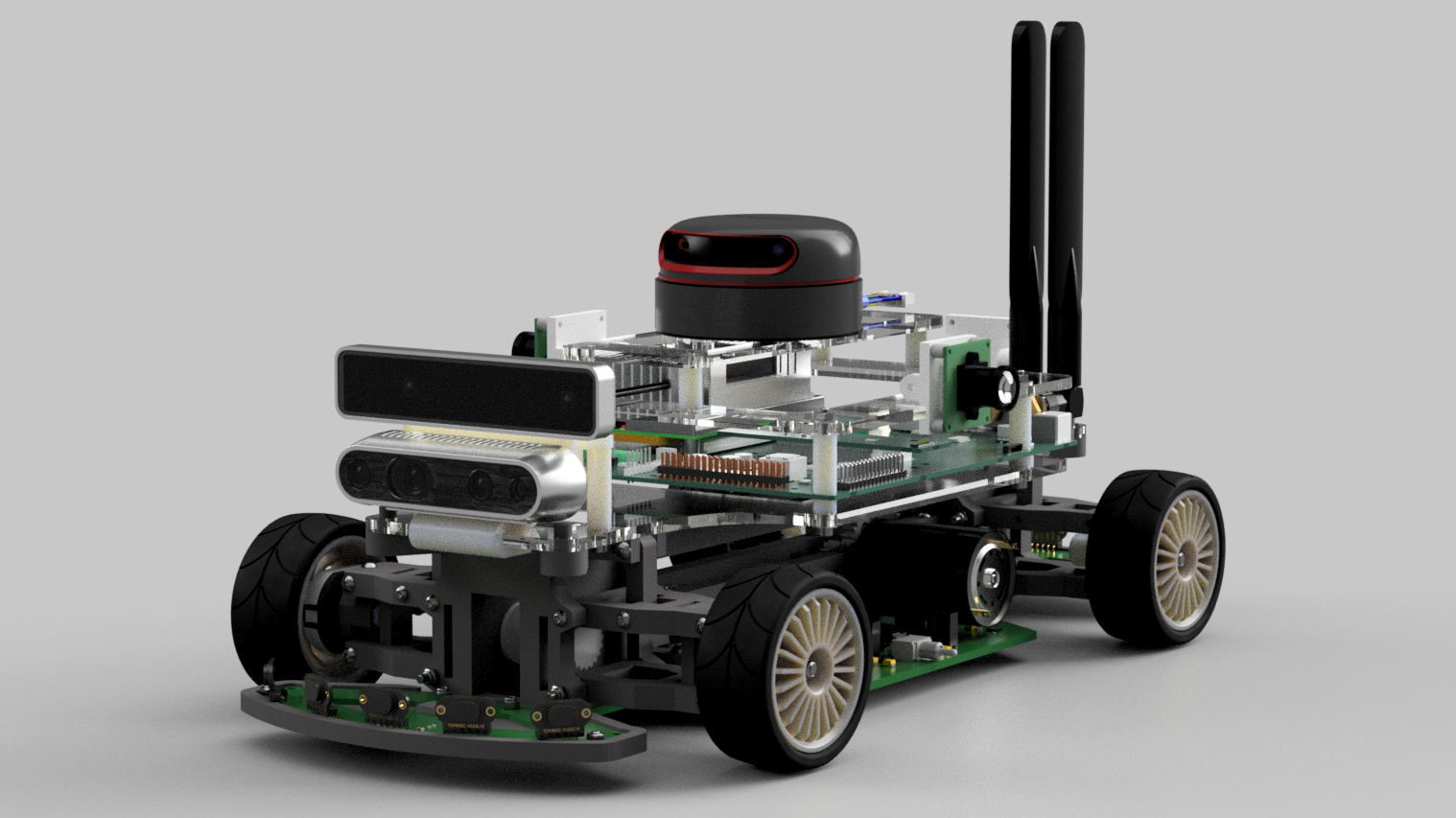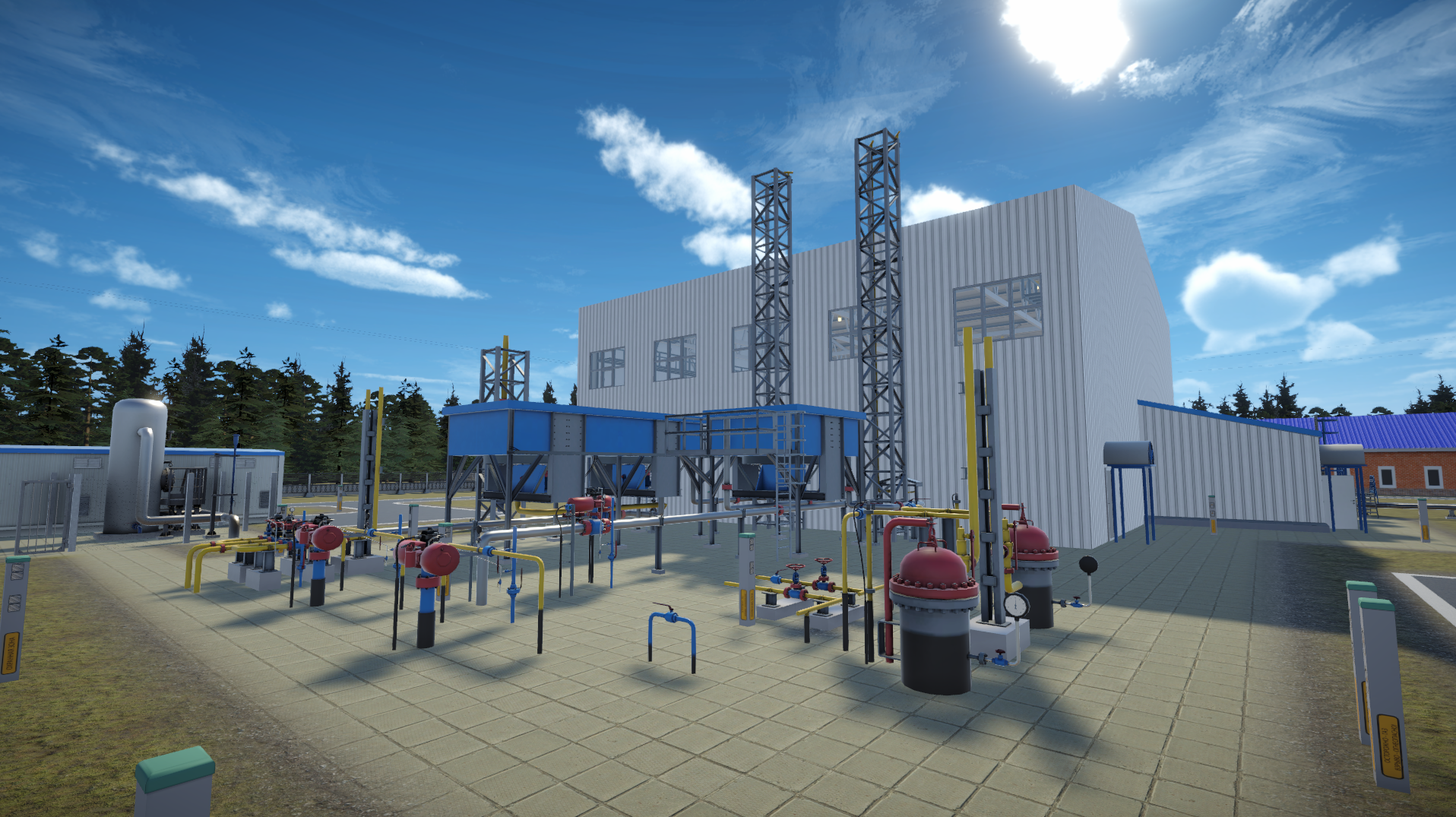Super Compact Autonomous Robotic Automobile (SCARA) was presented at the International Robotics Forum-2022
The model was developed in accordance with the implementation plan of the ‘Digital Engineering’ Advanced Engineering School programme at SPbPU, which was established to replicate the best practices of advanced engineering schools.

The Russian Robotics Week was held in St. Petersburg from 7 to 9 December 2022. This major event is a meeting point for leading robotics manufacturers and distributors, system integrators, suppliers of technological and other equipment used with robots, suppliers of digital programming and control systems for robotic and automated equipment, and representatives from industry, science, and education.
The event has been held annually since 2019 by Creonomyca, the High Technology and Engineering Cluster of the NWFD of the Russian Federation. The programme of the Russian Robotics Week encompasses a range of activities, including exhibitions, conferences, and seminars. These address a diverse array of topics, including industrial and household robotics, intelligent/software robots, chatbots, digital twins, offline programming, AGV robots, unmanned transport, and numerous other areas of interest.
Furthermore, the International Robotics Forum was conducted as part of the Week. Section ‘Service and Android Robotics. Unmanned Transport, Drones, and AGV Robots’ presented the development of the SPbPU NTI Centre, which is a software and hardware platform based on the Super Compact Autonomous Robotic Automobile (SCARA) designed for engineering education in the field of Industry 4.0 technologies.
The report was prepared by Georgy Vasilyanov, a project manager and researcher at the Digital Modeling of Industrial Systems Laboratory of the SPbPU NTI Centre. The material for the presentation was prepared in collaboration with Eduard Djujuev, an engineer at the Industrial Systems for Streaming Data Processing Laboratory of the SPbPU NTI Centre.
The hardware and software system demonstrates the operation of all principal hardware and software components utilized in the design of real autonomous transport systems. It serves as the foundation for a professional development course designed for engineers aiming to enhance their competencies in the domain of intelligent control system technologies for unmanned transportation.
The model was developed in order to fulfill the tasks under the initiative ‘Replication of the best practices of advanced engineering schools for training and retraining of engineers’ of the project ‘Digital modeling, design, and optimization of production processes and activities of companies in the real sector of the economy’ in accordance with the implementation plan of the ‘Digital Engineering’ Advanced Engineering School programme (Agreement on granting subsidies from the federal budget in accordance with Clause 4, Article 78.1 of the Budget Code of the Russian Federation dated 14 July 2022, No. 075-15-2022-1154).
The model’s design incorporates the potential for replication and subsequent manufacturing by laboratories, academic research organizations, and training centers in accordance with the established design documentation. In order to facilitate production and potential repair, the developers have sought to unify the chassis design and the components used in it as much as possible, while also ensuring that a minimum number of ready-to-use parts from third-party manufacturers are provided. The majority of the design components are intended to be manufactured using 3D printing and laser cutting techniques. Only 3% of the total number of parts require machining on a lathe or milling machine, specifically for the production of steel components.

